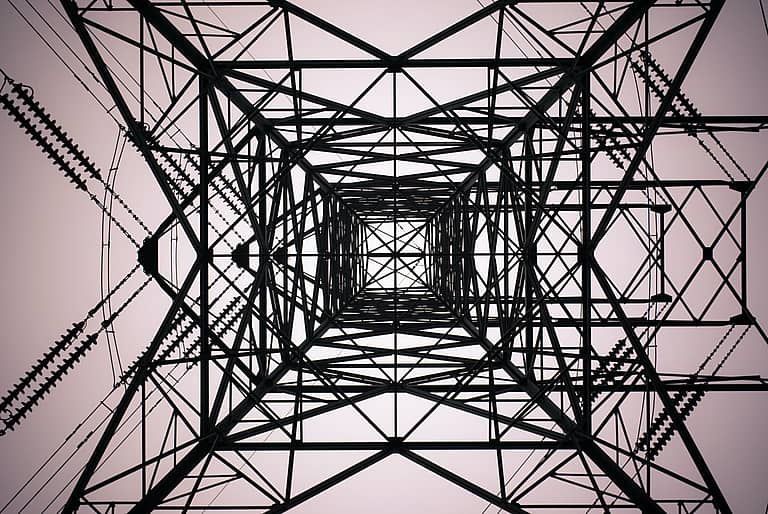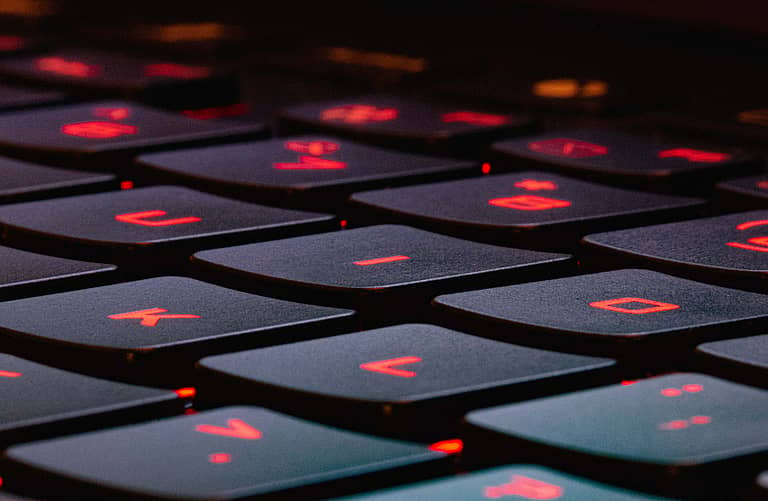Automated technology is an increasingly attractive option for industry as human labor disruptions and errors threaten supply chain reliability.
However, artificial intelligence (AI) technologies have traditionally been an expensive, state-of-the-art solution available only to select businesses.
PackagingInsights speaks with Max Versace, CEO and co-founder of Neurala, a US-based AI company that claims it can now provide cost-competitive technology to packagers worldwide.
“Historically, AI has been too expensive or complex to deploy at scale in a manufacturing environment. But with solutions such as Neurala’s Vision Inspection Automation (VIA) software, AI is more accessible and affordable than ever before,” he says.
VIA enables packaging manufacturers who have not worked with AI before to train and use vision AI to identify defects in packaging on the production line.
“It is extremely important to identify defects early in the production process to avoid wasted resources, negative effects downstream or the complete shutdown of the line,” explains Versace.
Advantages and challenges
Versace says the advantages of Neurala’s VIA include the ability to run directly on existing hardware on the factory floor, making AI accessible to industrial automation users who prefer not to rely on internet access or cloud connectivity.
“As a result, manufacturers can retrofit their quality inspection system to include vision AI, improve quality control and achieve a 100% inspection rate,” he says.
“In terms of disadvantages, many AI systems require massive amounts of data to ensure accuracy. This includes images of defects, which are difficult to capture since they are so infrequent. As such, we’ll see manufacturers gravitate towards AI solutions that require less data.”
Versace also says AI has traditionally been difficult to deploy in manufacturing and industrial settings such as the packaging industry. But the COVID-19 pandemic created new challenges such as irregular patterns in consumer demands, heightened pressures on waste reduction, production efficiencies and quality control.
“One of the biggest challenges we face when it comes to implementing vision AI on the production line is the environment itself and ensuring we get the right positioning and location. For example, depending on the line there can be illumination challenges that impact the way the system is reading the packaging or product being inspected.”
However, this is relatively easy to overcome, he says, as Neurala can simply work with its customers to adjust the positioning of the cameras or the product on the line to make sure everything can be read clearly.
VIA first to market
Versace says the company’s VIA software provides a number of benefits and advantages that set it apart from other AI technologies.
“First and foremost is the data. With less data required and faster training, VIA automates quality inspection processes that were previously not viable – improving inspection rates, decreasing human intervention, and allowing smaller batches to be inspected,” he says.
VIA is also flexible in that it has the ability to train and run multiple AI models at the same time, and is compatible with any GigE camera and mid-range industrial PC.
“Another point of differentiation is our AI explainability technology, purpose-built for applications in industrial and manufacturing. This industry-first technology can help packaging manufacturers improve quality inspections by accurately identifying objects in an image that are causing a particular problem or present an anomaly,” Versace continues.
“With our explainability feature, end users can derive more actionable insights from datasets, identifying whether an image truly is anomalous, or if the error is a false-positive resulting from other conditions in the environment such as lighting.”
This feature gives the company a more precise understanding of what, why and where something went wrong and allows the end user to take needed actions, he explains.
Pack to the future
A slew of innovations hit the market in recent years in response to these pressures, including Amazon deploying several AI-based technologies on its factory floors.
Similarly, Syntegon last year began investing in AI and robotics to enhance its packaging production line efficiencies. The company expanded its secondary packaging portfolio with the Sigpack TTMD, a camera-based vision control system that detects products on the infeed belt.


